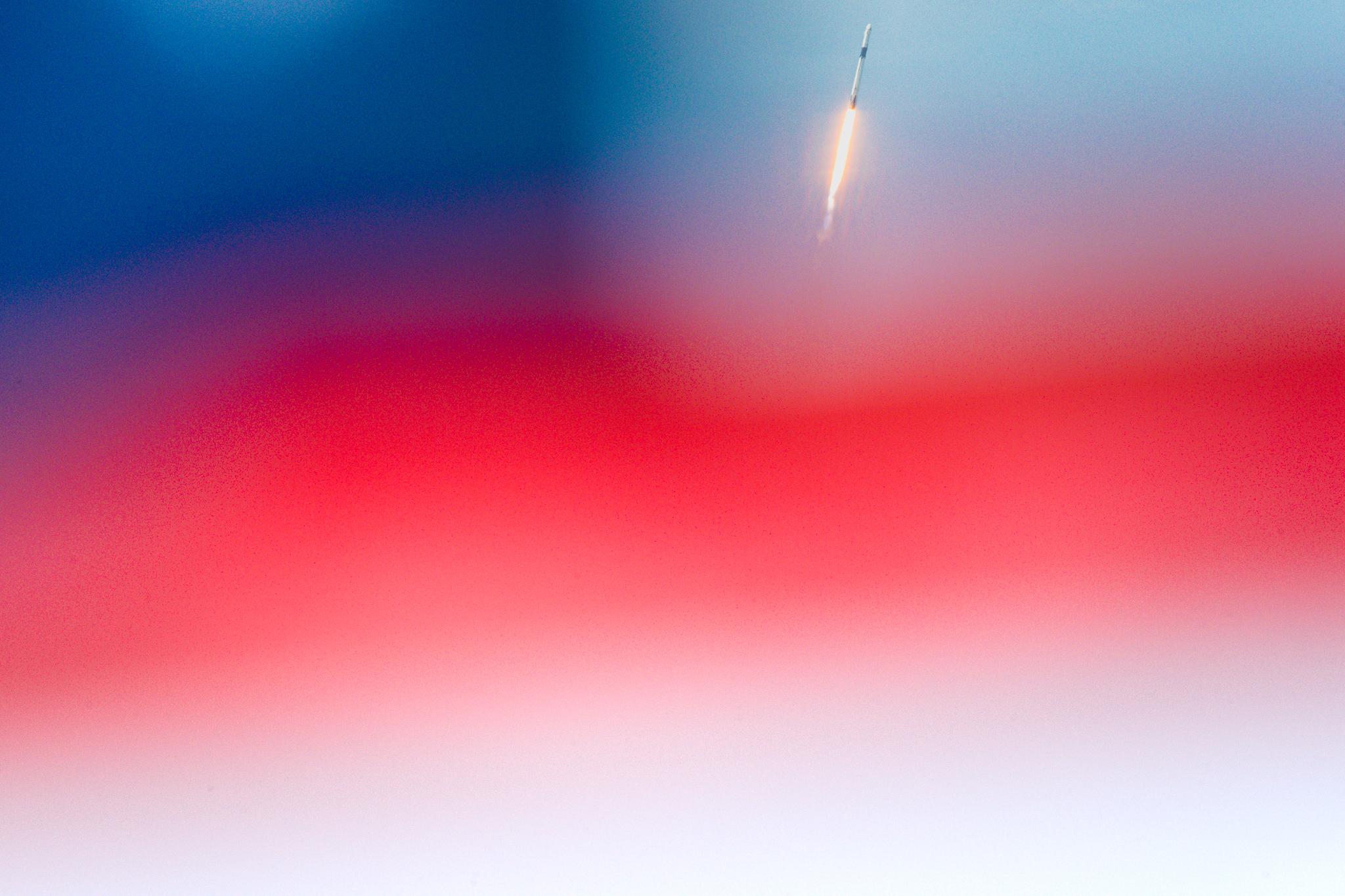
CAPE CANAVERAL—A SpaceX Falcon 9 rocket lifted off from Kennedy Space Center in Florida on May 30, carrying a pair of NASA astronauts for a flight test of a new, commercially owned and operated transportation system to ferry crew to and from the International Space Station (ISS.)
The 3:22 p.m. liftoff marked SpaceX’s first launch with people aboard and the first U.S. human orbital launch since the final STS-135 shuttle mission in July 2011.
Perched on top of the 230-ft. (70-m) rocket was a Crew Dragon capsule, an upgraded version of the cargo Dragon spacecraft that have been carrying supplies to the ISS for NASA since 2012.
The Falcon 9/Crew Dragon is one of two low-Earth-orbit human transportation systems being developed in partnership with NASA. The U.S. space agency in 2014 awarded development and flight service contracts to SpaceX and Boeing worth a combined $6.8 billion. Boeing’s crew flight test of its CST-100 Starliner is expected next year.
Strapped inside SpaceX’s Crew Dragon were Doug Hurley and Bob Behnken, both veterans of two previous shuttle missions. Barring technical issues, the astronauts will couple their Crew Dragon shakedown flight with a two- to four-month stay onboard the ISS. They are due to dock with the space station at 10:27 a.m. EDT May 31.
“Thank you for riding Falcon 9. We hope you enjoyed the ride,” SpaceX Mission Control radioed to the crew after they reached orbit nine minutes after liftoff.
During their 19-hr. trip to the ISS, Hurley and Behnken will test Dragon’s life-support systems, manual flight controls, communications and other systems. The mission, known as Demonstration Mission-2 (Demo-2), follows the successful uncrewed Demo-1 mission to the ISS in March 2019.
After docking, the astronauts will join the current ISS Expedition 63 crew to help fill a staffing shortage as NASA-purchased rides aboard Russian Soyuz capsules come to an end.
Since the retirement of the shuttle, Russia has been operating the only system to ferry crew to and from the orbital outpost. NASA has purchased what it hopes will be its final seat on a Soyuz launching in October in case of and additional delays with SpaceX and Boeing. Commercial Crew flights originally were expected to begin in 2015.
“I’m breathing a sigh of relief, but I’m not going to celebrate until they’re home safely,” NASA Administrator Jim Bridenstine said in a NASA TV interview
Bridenstine watched the launch at Kennedy along with President Donald Trump and Vice President Mike Pence.
The launch marked another historic first for Kennedy’s Launch Complex 39A, previously used for Apollo and shuttle missions. SpaceX took over the pad in April 2014 and three years later began using it for Falcon 9, and later Falcon Heavy, missions. Demo-2 was SpaceX’s 85th Falcon 9 launch.
As the Crew Dragon settled into orbit, the first stage of the Falcon 9 landed on a drone ship stationed off the Florida coast.
The May 30 liftoff followed an initial attempt on May 27 to launch Hurley and Behnken that was called off due to poor weather at the launch site.




